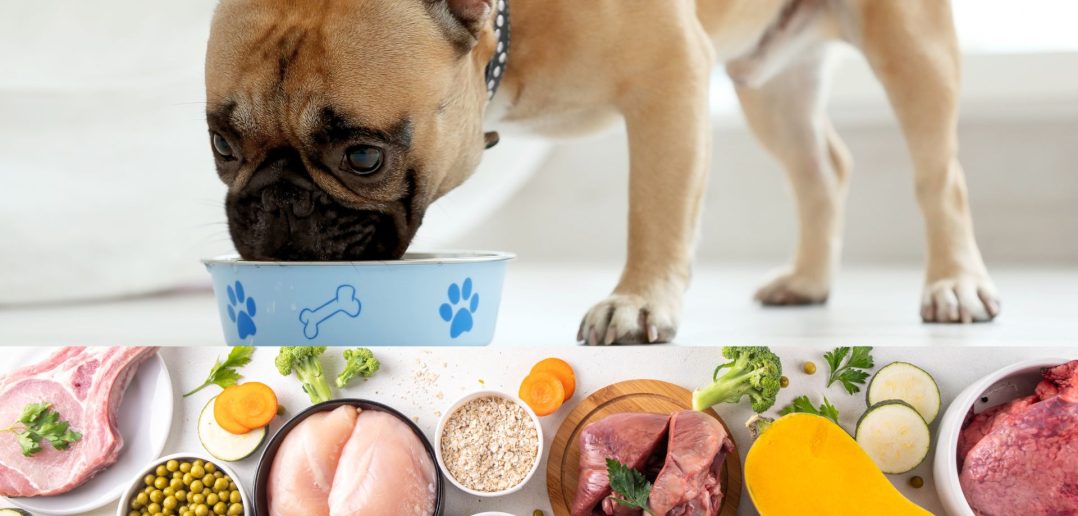If you’re looking to spoil your pup with a hearty, homemade meal? This dog stew is a perfect way to provide your furry friend with a nutritious and delicious treat.
Packed with lean protein, wholesome veggies, and healthy grains, it’s easy to prepare and sure to get tails wagging!
Why Homemade Dog Food?
Cooking for your dog allows you to avoid fillers and artificial ingredients often found in store-bought foods. You can tailor recipes to meet your dog’s dietary needs, ensuring they get the freshest and most nutritious meals possible. Plus, it’s a great way to show your pup some extra love!
Ingredients:
To make a batch of dog-friendly stew, you’ll need:
- 1 pound of lean protein: chicken, turkey, or beef
- 2 cups of dog-safe vegetables: carrots, sweet potatoes, green beans (chopped into small, bite-sized pieces)
- 1 cup of cooked brown rice
- 4 cups of water
- Optional: 1 tablespoon of chopped parsley for digestion support
Instructions:
- Prepare Your Ingredients:
- Chop the vegetables into small, bite-sized pieces suitable for your dog’s size.
- Pre-cook the brown rice according to package instructions.
- Cook the Protein:
- In a large pot, cook the lean protein over medium heat until fully browned. If using ground meat, break it into small pieces as it cooks.
- Add the Vegetables:
- Stir in the chopped vegetables and cook for 3–5 minutes, allowing them to soften slightly.
- Simmer the Stew:
- Add the pre-cooked rice and pour in the water. Bring the mixture to a gentle boil, then reduce the heat to low and let it simmer for 20–25 minutes, stirring occasionally.
- Cool and Serve:
- Allow the stew to cool completely before serving it to your dog. Store leftovers in an airtight container in the refrigerator for up to 4 days or freeze for longer storage.
Portioning Tips:
- Serve the stew as a meal topper or a standalone dish, depending on your dog’s dietary needs.
- Adjust portion sizes based on your dog’s size and activity level. A small dog may only need ½ cup per meal, while a large dog could enjoy 1–2 cups.
Safety Notes
- Avoid adding salt, garlic, onions, or any spices that may be harmful to dogs!
- If you’re introducing new ingredients to your dog’s diet, transition slowly – and, as always, consult your veterinarian to ensure they’re safe and suitable.
Why Your Dog Will Love It
This stew is not only delicious but also packed with the nutrients your dog needs to thrive. The combination of lean protein, fresh vegetables, and healthy grains supports their energy, digestion, and overall well-being.
Prefer Ready-Made Option?
? We know homemade meals aren’t always on the menu. For a convenient and nutritious alternative, check out Stella & Chewy’s Wild Red Chicken & Beef Stew! Made with grass-fed proteins and completely grain-free, it’s packed with all the goodness your dog deserves.





